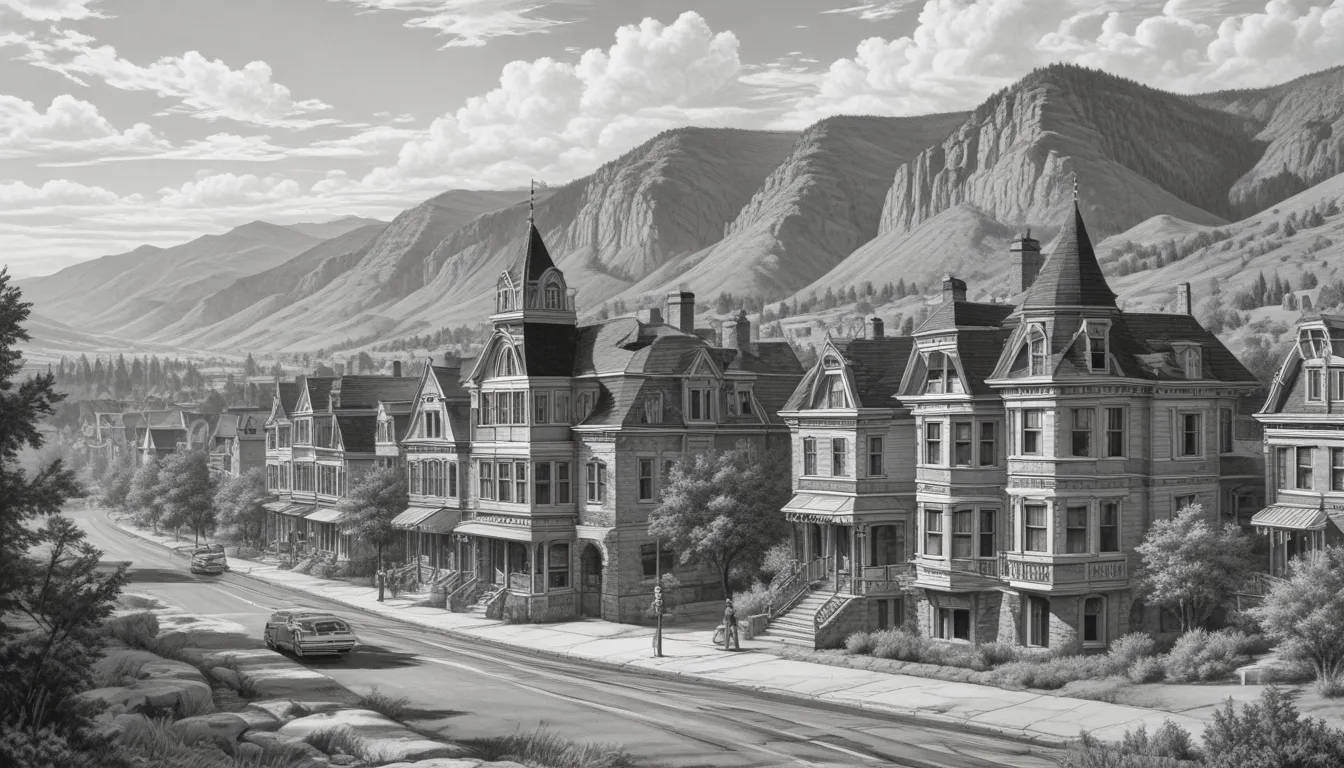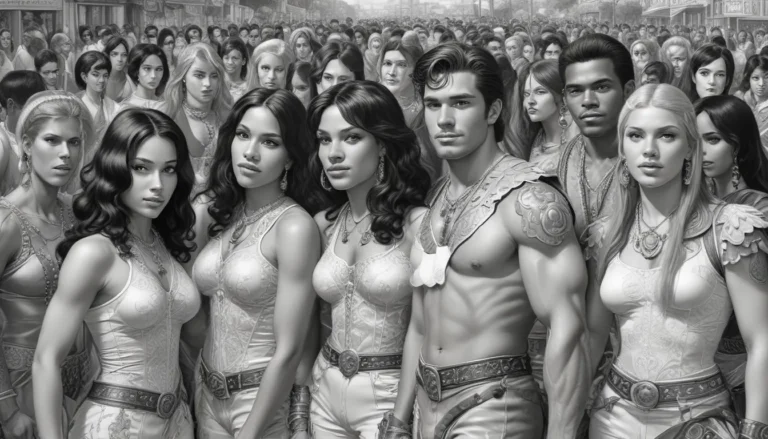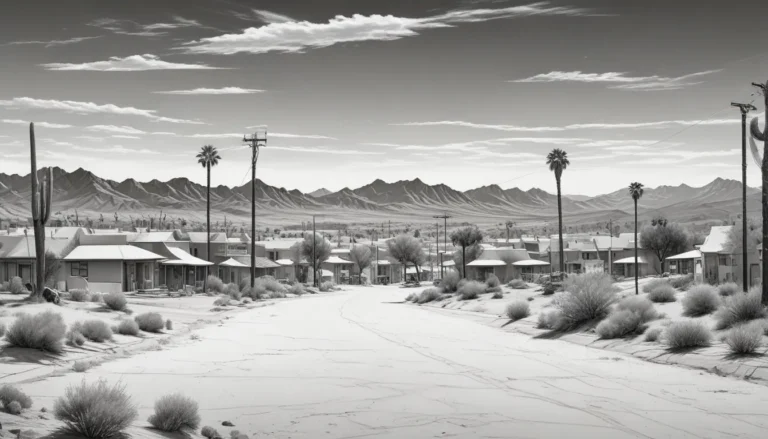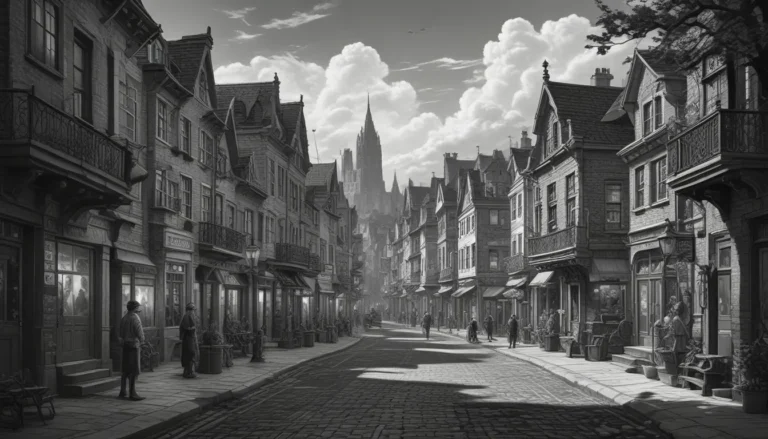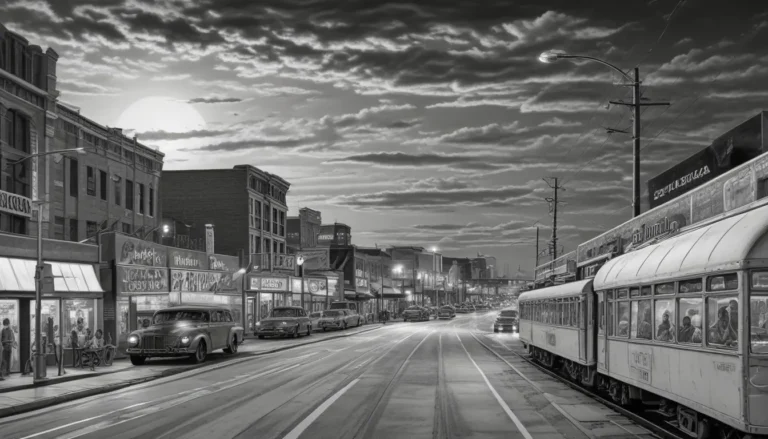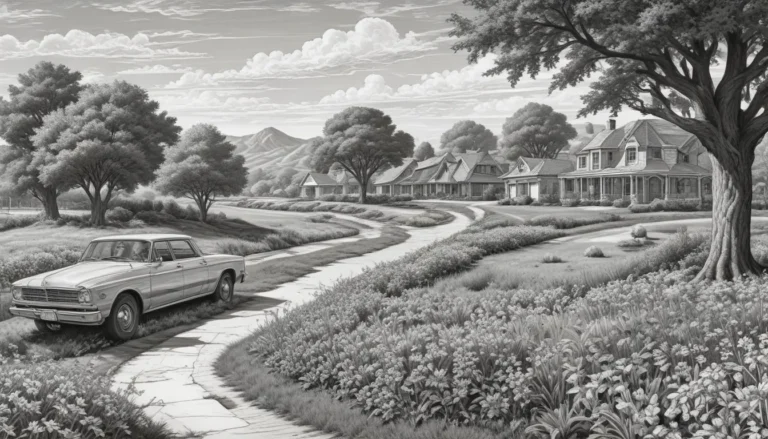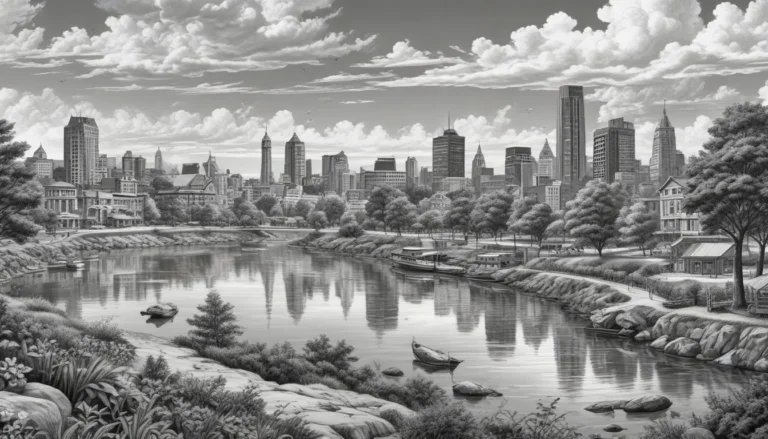The images in our articles are for illustrative purposes only and may not exactly match the content. They are intended to capture your interest and complement the text, not to replace it.
Welcome to Missoula, a city brimming with history, culture, and architectural wonders that tell tales of a bygone era. From the iconic University of Montana campus to the historic downtown district, Missoula’s architectural landmarks stand as testaments to its vibrant past and unique heritage. Join us on a captivating journey through the heart of Missoula as we unveil 15 fascinating facts about some of the most renowned architectural marvels that grace the city’s skyline and captivate all who behold them.
Exploring Missoula’s Architectural Heritage
Missoula, Montana, is home to a rich collection of architectural landmarks, each with its own unique history and significance. From historic theaters to neoclassical courthouses, the city’s architectural landscape is a vibrant tapestry of design and heritage. Let’s delve into the stories behind these captivating structures that have shaped Missoula’s identity and captured the imagination of residents and visitors alike.
The Wilma Theatre: A Cultural Icon
The Wilma Theatre, built in 1921, stands as a historic landmark in downtown Missoula. Known for its stunning architecture and cultural significance, this theater has been a cornerstone of the city’s arts scene for nearly a century, captivating audiences with its timeless charm and elegance.
The Missoula County Courthouse: A Symbol of Justice
Constructed in 1910, the Missoula County Courthouse boasts impressive neoclassical architectural features, including grand columns and intricate detailing. As a symbol of justice and governance in Missoula, this iconic building serves as a reminder of the city’s rich history and commitment to the rule of law.
The Florence Hotel: A Beacon of Hospitality
Built in 1941, the Florence Hotel is a striking architectural gem in Missoula, with its art deco design and historical significance. For over seven decades, this hotel has been a symbol of hospitality and heritage in the city, welcoming guests with its timeless beauty and charm.
The University of Montana’s Main Hall: A Symbol of Education
The Main Hall, completed in 1898, is the oldest building on the University of Montana’s campus. With its rich history and stunning architecture, this hall stands as a revered symbol of education and tradition in Missoula, inspiring generations of students and scholars.
The Missoula Mercantile Building: A Glimpse into the Past
Erected in 1877, the Missoula Mercantile building holds a significant place in the city’s architectural landscape. With its Victorian-era design and historical relevance, it serves as a testament to Missoula’s vibrant past and enduring legacy as a thriving commercial hub.
The Higgins Avenue Bridge: Connecting Communities
Spanning the Clark Fork River, the Higgins Avenue Bridge is an iconic structure that unites Missoula’s neighborhoods. With its architectural grandeur and vital role in transportation, this bridge has become a beloved landmark for residents and visitors, symbolizing unity and connectivity.
The Boone and Crockett Club: A Legacy of Conservation
Founded in 1887, the Boone and Crockett Club has been a cornerstone of conservation in Missoula for over a century. The building’s architectural significance and status as the birthplace of modern conservation make it an essential part of the city’s heritage, honoring the legacy of wildlife preservation.
The Aerial Fire Depot and Smokejumper Center: Honoring Firefighters
Dedicated to wildland firefighters, the Aerial Fire Depot and Smokejumper Center stands as a tribute to bravery and dedication. Through its architectural design and immersive exhibits, this center serves as a poignant reminder of the region’s firefighting history, honoring those who risk their lives to protect the land.
The Missoula County High School: A Hub of Education
Constructed in 1908, the Missoula County High School has played a pivotal role in the city’s educational legacy. With its architectural splendor and commitment to learning, this school stands as a symbol of academic excellence in Missoula, shaping young minds and fostering a culture of knowledge and growth.
The Missoula County Public Library: A Beacon of Knowledge
Established in 1894, the Missoula County Public Library is an architectural and intellectual cornerstone of the city. With its rich history and dedication to knowledge and literacy, this library has become a beloved institution in Missoula, inspiring generations of readers and learners.
The Florence Building: A Symbol of Elegance
With its stunning Renaissance Revival architectural style, the Florence Building has been a prominent fixture in Missoula since its construction. Its timeless design and historical significance make it an iconic feature of the city’s skyline, radiating elegance and sophistication.
The Missoula Mercantile: A Historical Trading Post
Once a key trading post in the late 1800s, the Missoula Mercantile holds a significant place in the city’s history. Its architectural prominence and role in shaping Missoula’s early commerce make it a cherished part of the region’s heritage, preserving the memories of a bustling era of trade and industry.
The Northern Pacific Railway Depot: A Testament to History
Completed in 1901, the Northern Pacific Railway Depot stands as a testament to Missoula’s rich railroad history. With its architectural grandeur and historical significance, this depot is a revered landmark in the city, commemorating an era of innovation and transportation.
The Missoula County High School Gymnasium: A Hub of Fitness
Constructed in 1937, the Missoula County High School Gymnasium has been an integral part of the city’s athletic legacy. With its timeless design and role in promoting sports and fitness, this gymnasium is a cherished structure in Missoula, fostering a culture of health and well-being.
The Missoula County High School Administration Building: A Commitment to Education
Completed in 1910, the Missoula County High School Administration Building stands as a testament to the city’s dedication to education. Its architectural significance and role in shaping young minds have solidified its position as a revered institution in Missoula, nurturing a community of learners and leaders.
Unveiling Missoula’s Architectural Gems
Missoula, Montana, is a treasure trove of architectural wonders that reflect the city’s history, culture, and heritage. From the historic Wilma Theatre to the majestic University of Montana Main Hall, these landmarks offer a glimpse into the past while celebrating the enduring beauty of design and innovation. Whether you’re a history buff, an architecture enthusiast, or simply curious about this charming city, exploring these architectural gems promises a journey of discovery and inspiration, where each building shares a story and a piece of Missoula’s vibrant tapestry.
Exploring Missoula’s Architectural Treasures
Missoula’s architectural landmarks are not just structures; they are living monuments that embody the spirit and soul of this vibrant city. Each building holds a tale of resilience, community pride, and cultural richness, inviting visitors to step back in time and appreciate the artistry and craftsmanship that define Missoula’s architectural landscape. As you wander through the streets of this enchanting city, may you be captivated by the beauty and history that adorn every corner, and may you find inspiration in the enduring legacy of Missoula’s architectural treasures.
FAQs
What is the oldest architectural landmark in Missoula?
The Florence Hotel, constructed in 1897, stands as the oldest architectural landmark in Missoula, offering a glimpse into the city’s rich history and heritage.
Are there guided tours available for exploring architectural landmarks in Missoula?
Yes, there are guided tours available for exploring architectural landmarks in Missoula, providing in-depth insights into the history, design, and significance of these iconic structures.
Can visitors access the interiors of architectural landmarks in Missoula?
While access to the interiors of some architectural landmarks may be limited, many sites offer guided tours or open houses, allowing visitors to experience the beauty and history within these remarkable buildings.
Your Feedback Matters
Our commitment to delivering trustworthy and engaging content is at the heart of what we do. Each fact on our site is contributed by real users like you, bringing a wealth of diverse insights and information. To ensure the highest standards of accuracy and reliability, our dedicated editors meticulously review each submission. This process guarantees that the facts we share are not only fascinating but also credible. Trust in our commitment to quality and authenticity as you explore and learn with us.
